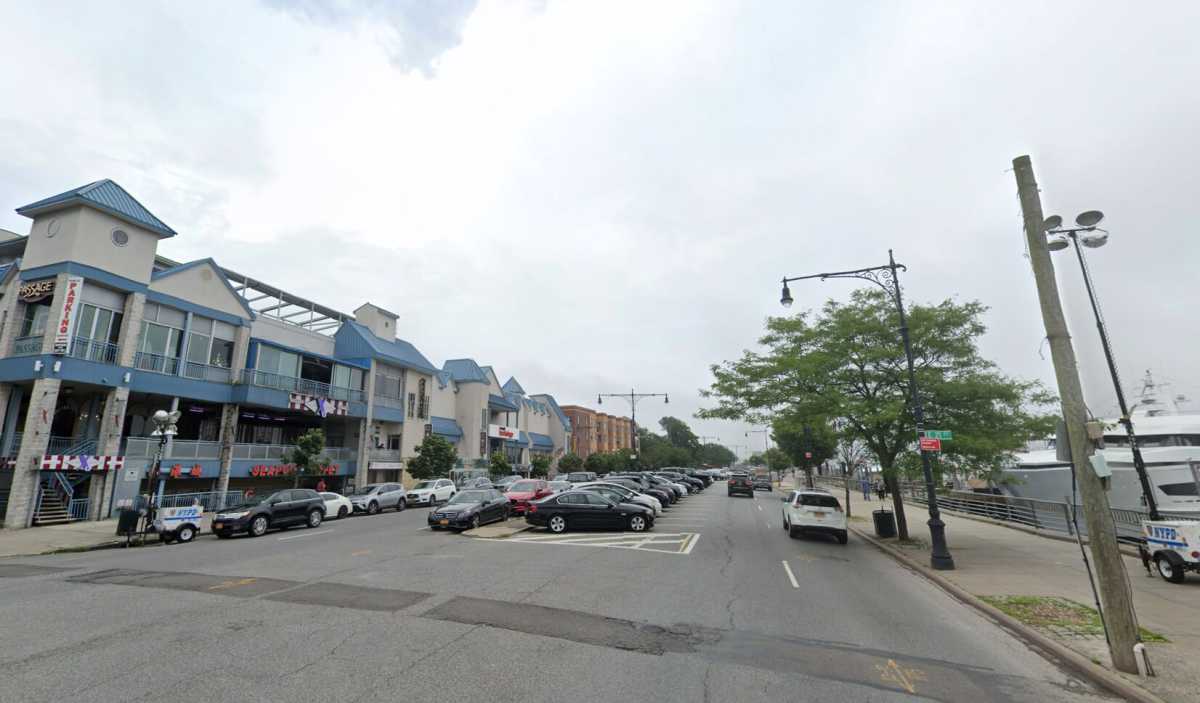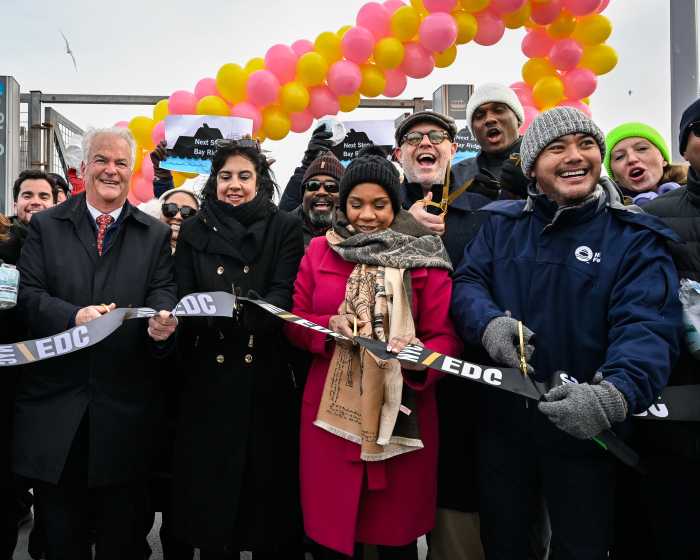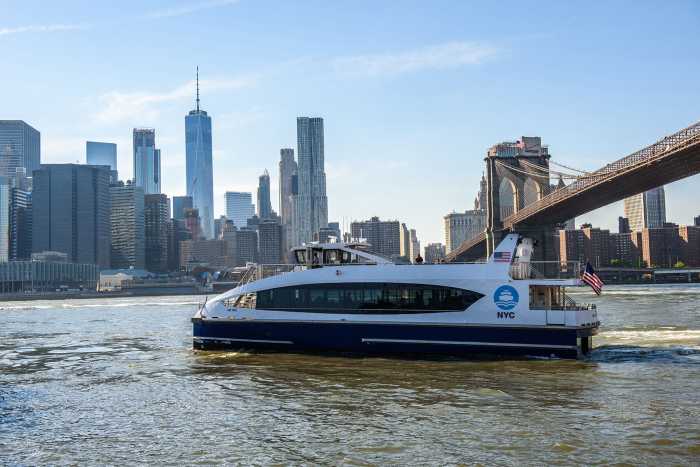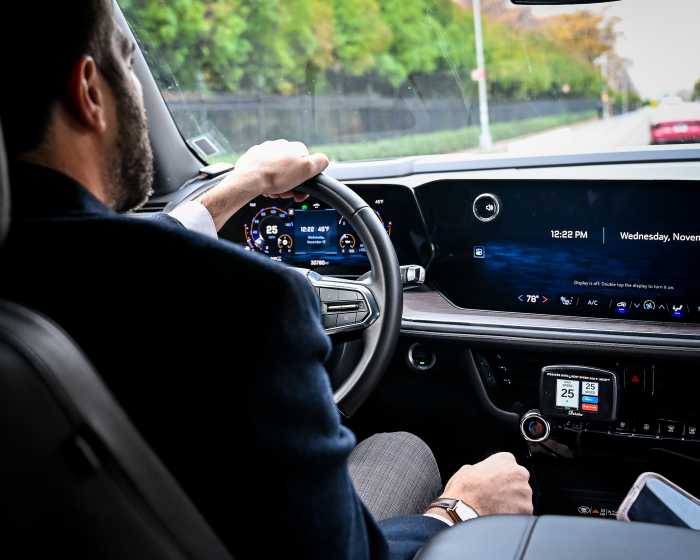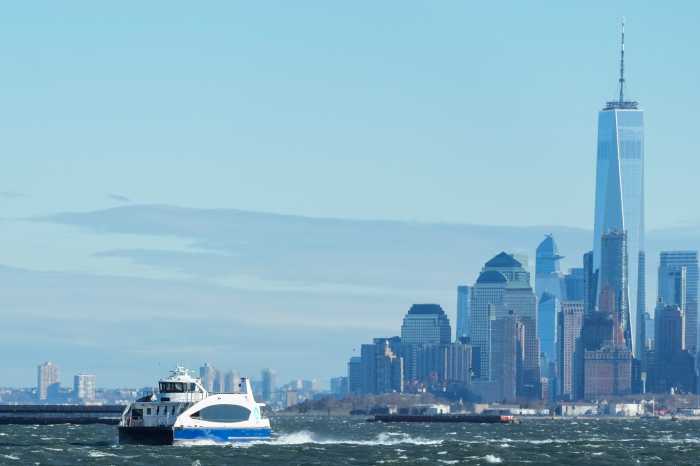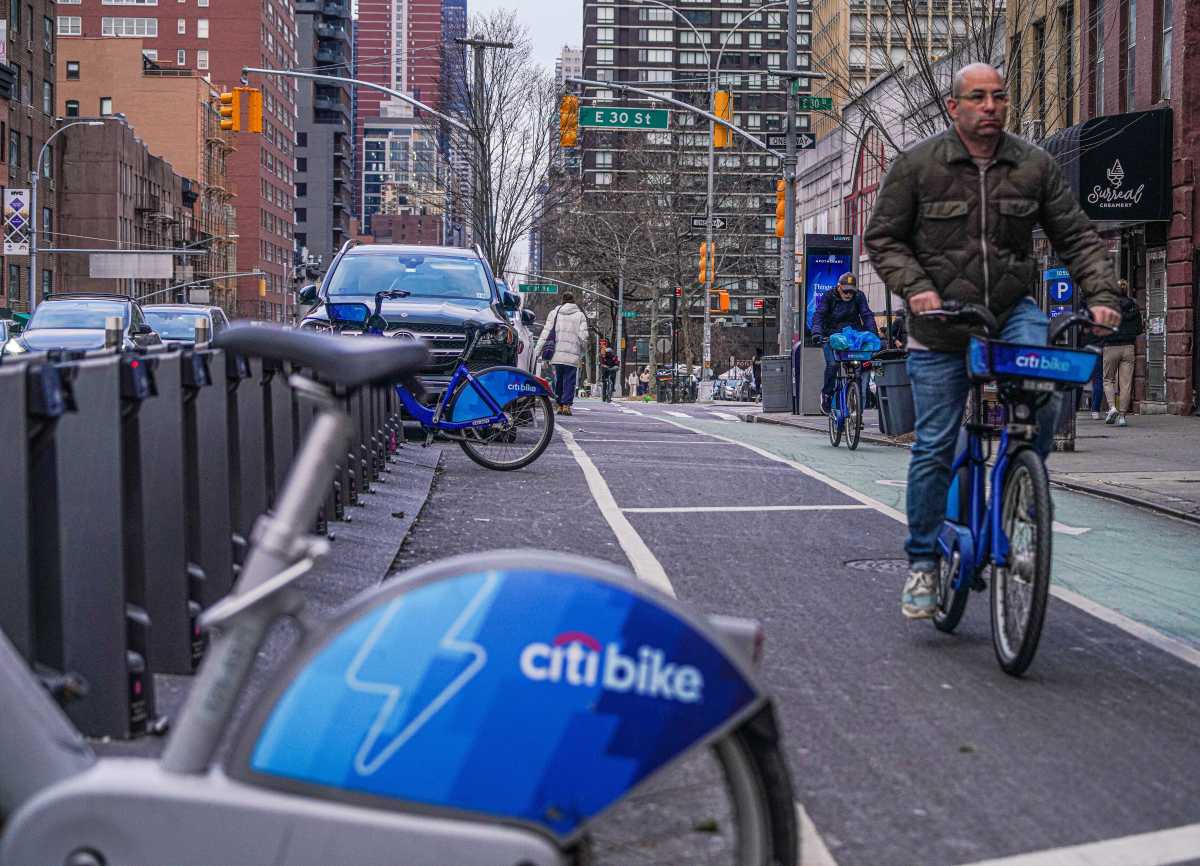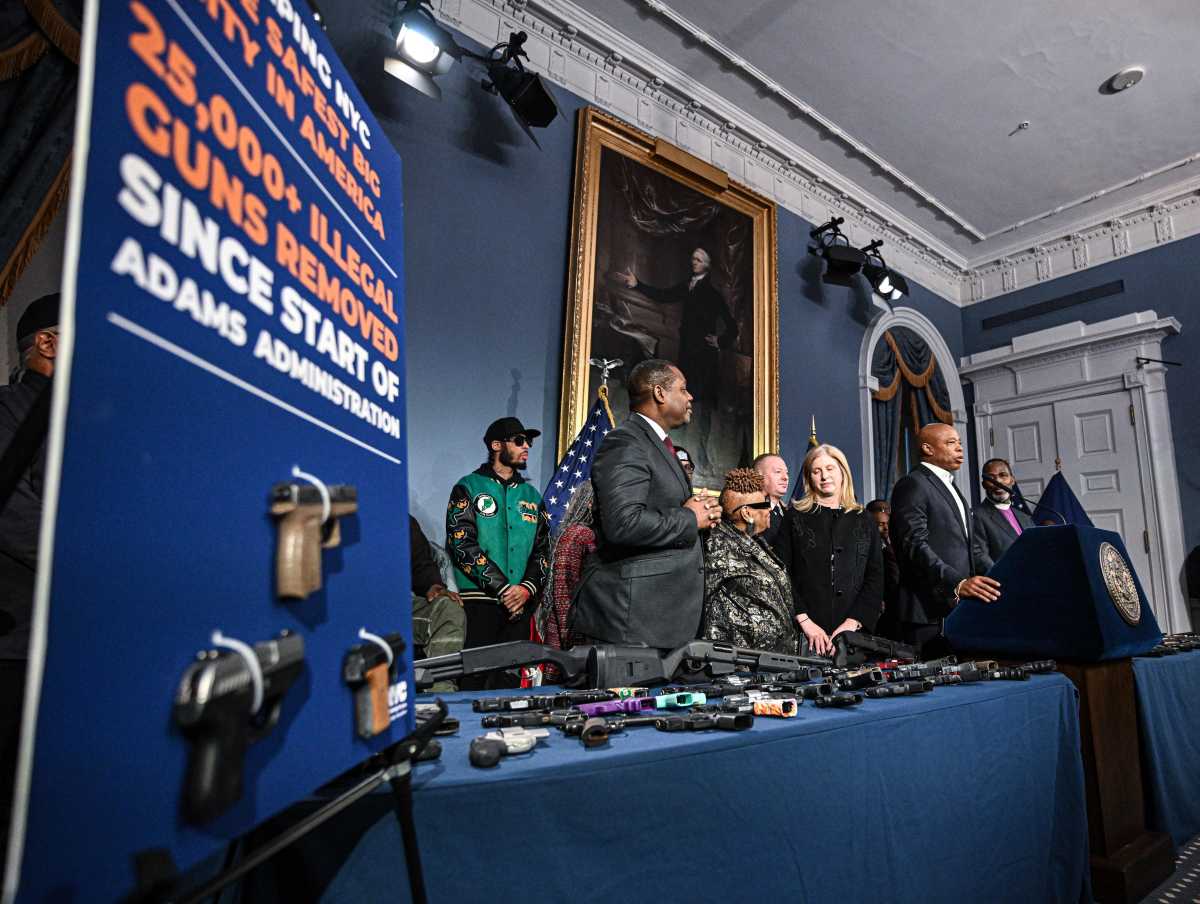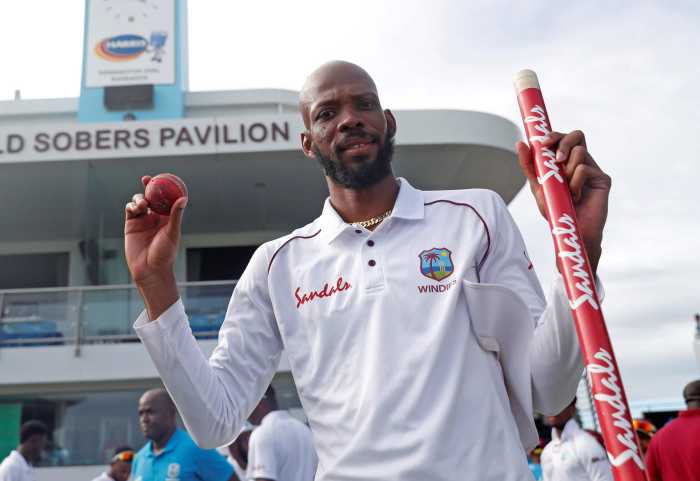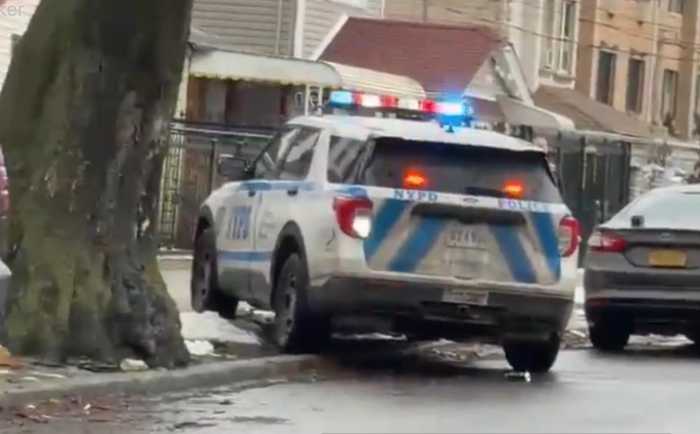The future of cycling in southern Brooklyn over the next decade will depend on decisions made by whoever is elected to the City Council come November, but those Democrats hoping to represent District 48 don’t have much in the way of plans for improving bike infrastructure as of yet.
New York City has experienced a “bike boom” throughout the coronavirus pandemic, with Citi Bike seeing record amounts of ridership, and bike shops struggling to keep up with surging demand. Furthermore, the mayor has pledged to add 30 miles of protected bike lanes to the city’s existing network before leaving office at the end of the year, and the candidates to replace him are proposing building hundreds more miles of protected lanes throughout the city.
Whether the boom extends to all corners of the city will depend, however, on the whims of whoever gets elected to the City Council. That will be especially pronounced on the borough’s southern end, where cycling is growing in popularity like in the rest of the city, but where adequate bike infrastructure is lacking in comparison to North and Central Brooklyn.
In Council districts like 48, bike lane installation has often stalled in the face of cycling-skeptical pols and community boards.
For instance, a proposal to build a protected bike lane on Emmons Avenue in Sheepshead Bay has languished for years, amid mercurial positions taken by the former local Councilmember Chaim Deutsch.
Deutsch represented the district, which includes Sheepshead Bay, Manhattan Beach, Brighton Beach, Midwood, and Homecrest, until he was convicted of tax fraud and expelled from the Council earlier this year. There are five Democratic candidates on the ballot vying to replace him: Amber Adler, Binyomin Zev Bendet, Steve Saperstein, Heshy Tischler, and Mariya Markh.
The winner of the June 22 Democratic primary election will go on to face Republican challenger, Inna Vernikov, in the General Election this fall.
Brooklyn Paper reached out to all primary candidates to gauge their position on bike lanes in the district, including on Emmons Avenue. Only Adler and Markh responded — and both were cautiously supportive of the project.
“On Emmons Avenue you’ll barely find space to walk on the sidewalk from all the people out for walks on a beautiful day,” Markh said. “You’ll also see bicyclists whizzing by, putting those pedestrians in danger. I think putting those cyclists in a protected bike lane away from pedestrians and cars makes sense because it makes everyone safer.”
Markh is a cyclist and has voiced support generally for better bike infrastructure, though she has not put particular emphasis on transportation issues on the campaign trail. And she believes that the city has not adequately addressed community concerns over the bike lane to support a push to build it.
“When DOT made the proposal two years ago, it also had the added benefit of additional parking, but there were concerns raised about how the lane would affect bus stops and provide access for people with disabilities, and there were street geometry issues closer to the Belt Parkway. I’m unaware of any changes DOT made to their proposal to address those concerns, so I can’t support a plan I haven’t seen.”
Adler said she wants to “close the greenway gap” in South Brooklyn, referring to the approximately 4.5 miles that separate the two segments of the greenway along Shore Parkway. The western part of the greenway runs from the northwest corner of Bay Ridge to Bath Beach at Bensonhurst Park. It starts back up at the southeastern quadrant of Sheepshead Bay, at Lew Fidler Park, and runs through Marine Park and along Jamaica Bay, into Queens before ceasing.
“As a car crash survivor, I am dedicated to safe driving conditions and safe streets overall,” Adler said. “Currently, there is no cohesive transit system which supports car minimal or car free living for a large number of area residents. I am open to working with other council members to create a better public transit system.”
In between is a patchwork of infrastructure that runs the gamut from unprotected lanes to a big load of bupkis. A protected bike lane on Emmons Avenue would be a critical part of connecting the greenway.
While Adler, a car crash survivor, supports connecting the greenway, she believes that the city first needs to ensure that no parking spaces are lost in the process.
“District 48 and particularly the southern portion of it is home to many livery drivers which use their cars for work,” she said. “If they don’t have a car and a space to park it in, they don’t have a job. So, I will always maintain the number of parking spots that we currently have. Simultaneously, I would also like to close the greenway gap, by first increasing the number of parking spaces in the area to accommodate those that would be lost then proceeding. For this, I would use a mix of options including diagonal parking and potentially seek to create cul-de-sac parking in some areas.”
Bendet, Saperstein, and Tischler did not respond to multiple inquiries, and none have put much public emphasis on issues related to cycling in the district.


